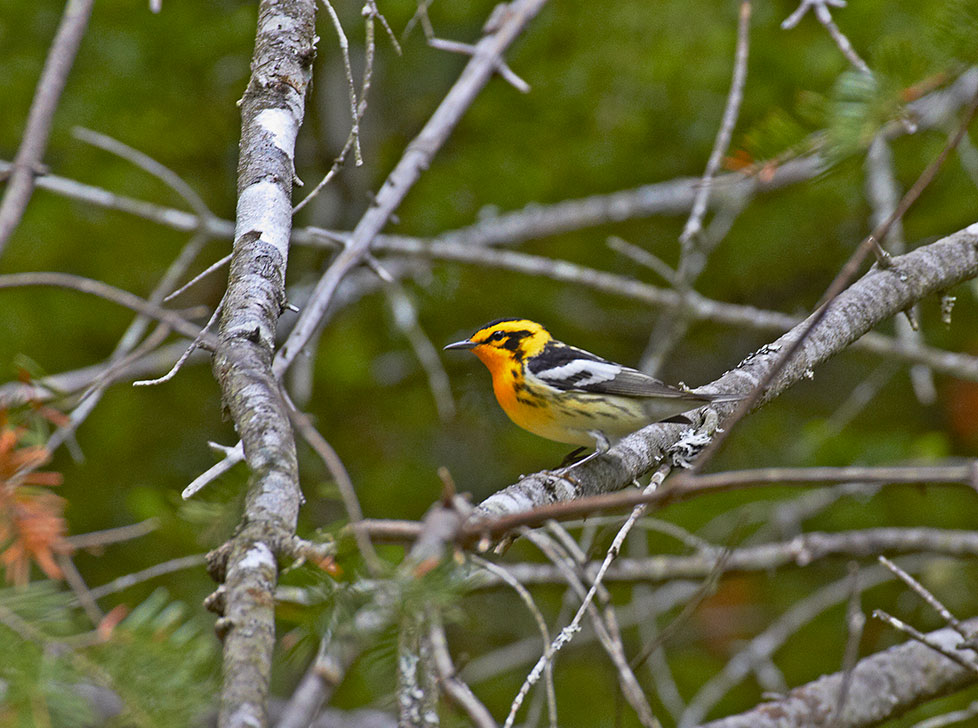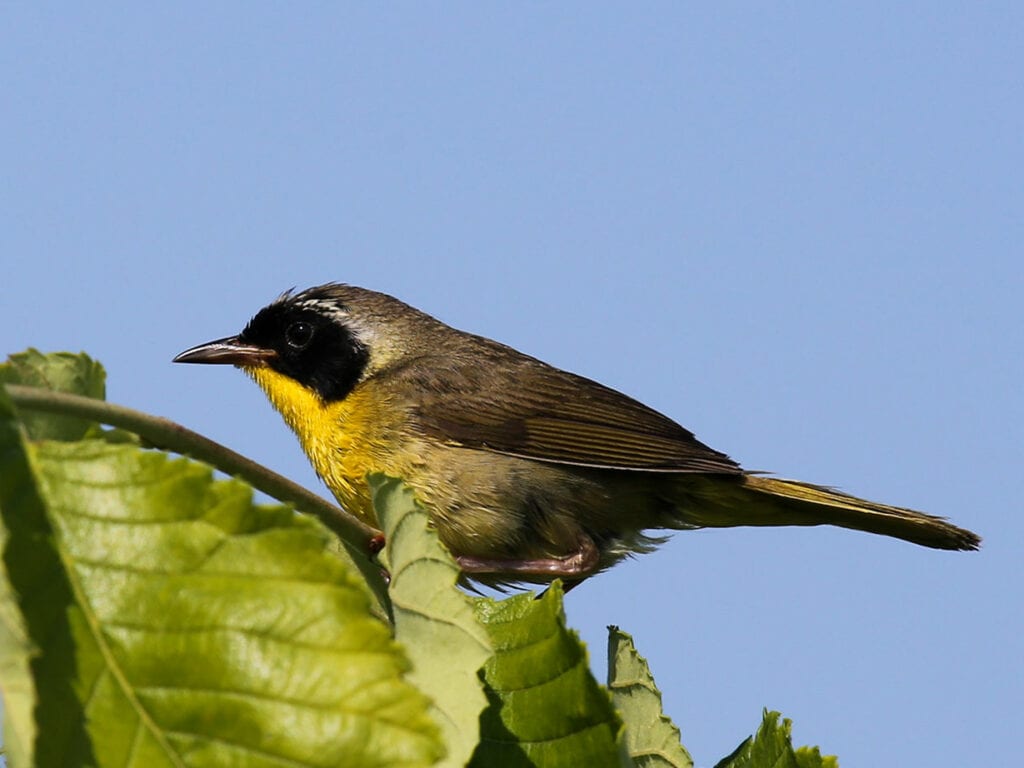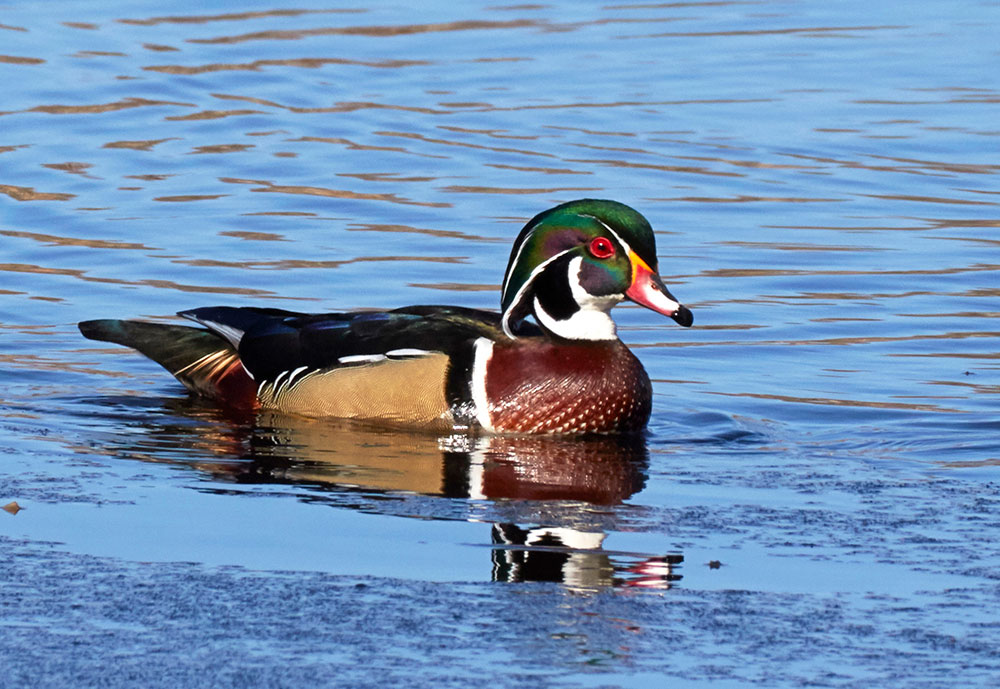Despite what deniers continue to wrongly promote, we know that climate change is real, and that the level of carbon humans are spewing into the atmosphere is the primary cause of it. The Natural Resources Council of Maine and our friends at places like National Audubon work very hard to also make the point that anything we can do to extract carbon from the atmosphere works in concert with efforts to curb emissions to lessen the problems we are experiencing from climate change. Engineering types can tell you about the latest new-fangled contraptions to take carbon from the air—for example, there now exists special cement-like products that pull in carbon dioxide and trap it within its chemical structure.
That’s all well and good, but what would you say about a contraption that is even more sophisticated yet doesn’t require any manufacturing or engineering. What if such products were readily available to virtually anyone, with little or no cost? Wouldn’t it be mind-blowing if such tools not only pulled carbon dioxide from the atmosphere but also manufactured oxygen and other products that we can use?
Sounds great, doesn’t it? If only such a thing existed!
Well, it does!
We’re talking about trees and other plants.
And what makes trees and their carbon-eating relatives even more appealing is that when we restore and maintaining ecosystems, we gain the additional benefit of protecting and enhancing habitat that provides homes, migratory respite, and a smorgasbord of food for birds and other wildlife we all so enjoy.
Currently, there’s a push for a concept called Nature-based Climate Solutions, or Natural Climate Solutions, which is urging that governments and communities begin actively recognizing, funding, and supporting such win-win solutions. Rather than allowing us to feel overwhelmed by climate change, these kinds of solutions allow us all to understand that we can get multiple benefits from a single action. We can reduce climate change problems and help populations of birds and other wildlife to recover at the same time.

Blackburning Warblers forage in Maine’s spruce tree. While providing essential habitat, these trees also store carbon, making them important tools for fighting climate change. (Photo by Pam Wells)
Nature-based solutions include actions like protecting existing forests and restoring those in areas where they have been lost or degraded. The work of Maine land trusts to establish new preserves is a great example of a type of a nature-based solution and is especially important along Maine’s coastal areas, predicted to experience some of the largest losses of forest habitat in the coming years. These are the same forests that serve as the summer nesting areas for countless numbers of our beloved birds—species like the Blackburnian Warbler that we can see foraging in the tops of tall spruces, with its flame-orange throat on display. Or the Black-throated Blue Warbler singing its buzzy “I’m so lazEE” song as it flits about beech forests. Reach your hand into the soil in places where you see either of these bird species and you’ll feel for yourself the layers of carbon that have accumulated as a result of the trees above your head that these same birds rely on for their survival.
Protecting existing wetlands and restoring lost and degraded ones is another critical piece of the nature-based solutions puzzle. Salt marshes, freshwater marshes, forested wetlands, and peatlands are all highly effective at pulling carbon from the air and storing it in plants, and in the soils and peatlands below. These same wetlands are host to incredible numbers of summer nesting birds and also, just as critically, during migration. Swamp Sparrows and Common Yellowthroats and Marsh Wrens and American Black Ducks and Wood Ducks nest in those wetlands throughout our region. In migration these wetlands support not only all sorts of other ducks and songbirds but also many migrant shorebirds like Greater and Lesser Yellowlegs, Solitary Sandpipers, and Least Sandpipers, to name just a few.

Common Yellowthroats and Wood Ducks are among many Maine bird species that use peatlands and wetlands that are effective at pulling carbon from the air. (Photo by David Small)

Wood Duck, photo by Pam Wells
We need to all get behind supporting the double wins of solutions like these by supporting programs and funding that can make more and more of these nature-based solutions possible. That means we should look to new large-scale funding for climate mitigation. Roads and other transportation infrastructure work, coastal resilience programs, and water and sewage management projects should all include these kinds of nature-based solutions as a standard piece of the workplan. For far too long, nature-based solutions have been receiving only dribs and drabs from small-scale funding. Every dime is needed and appreciated, but if we are to take on the tasks of lowering climate risks while simultaneously bringing back populations of birds and other wildlife, we should think bigger.
It’s time for us all to stop being paralyzed by the consequences of climate change and to start working for smart, win-win solutions at the scale we need to get the job done.
—Allison and Jeff Wells











Leave a Reply